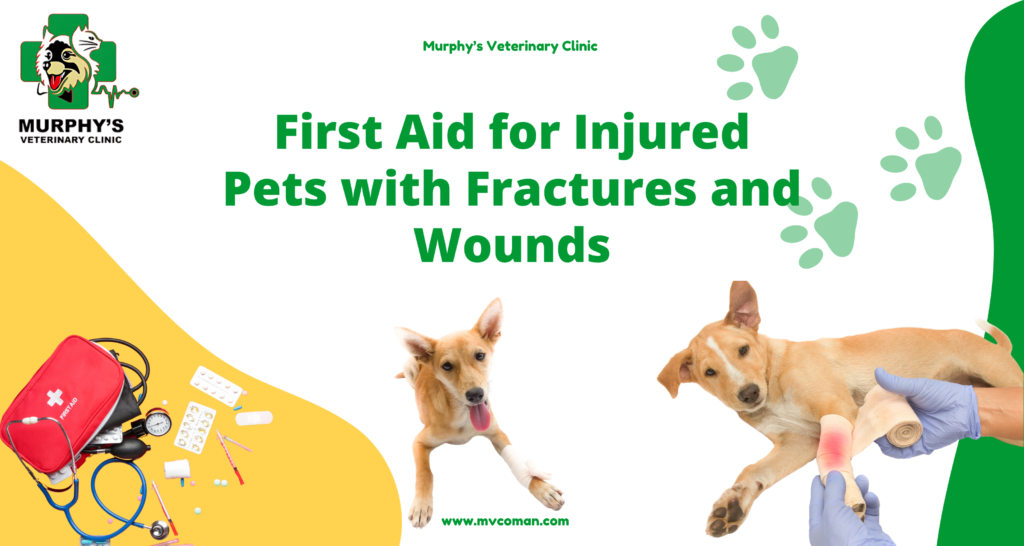Emergency & First Aid, Health & General Care, Special Care
First Aid for Injured Pets with Fractures and Wounds
First aid for injured pets with fractures and wounds is one of the most crucial care steps when dealing with pets. These initial measures can prevent the worsening of injuries and increase the chances of recovery. Being aware of the correct first aid methods for injured pets helps pet owners to act with confidence and calmness in emergency situations. This article thoroughly reviews first aid for injured pets with fractures and wounds and provides practical tips for managing these conditions. Next, five main topics will be discussed along with explanations, subheadings, and related tables to give a comprehensive understanding of the subject.
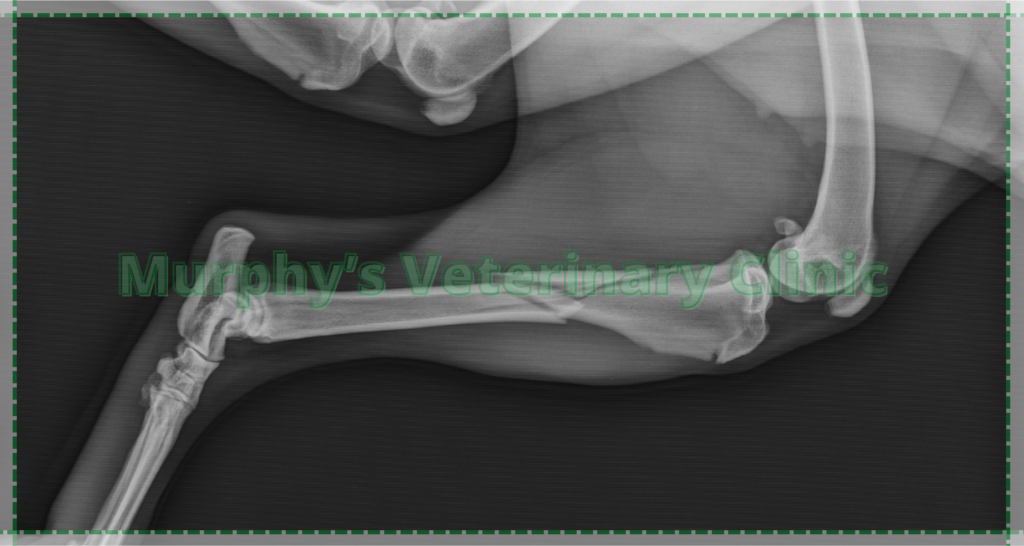
Recognizing Signs of Fractures in Pets
First aid for injured pets with fractures and wounds requires quick and accurate identification of fracture symptoms. Common signs include swelling, severe pain, limping, deformity, and immobility. Timely diagnosis helps prevent excessive movement of the pet and stabilizes the condition before transferring to the clinic.
- Visible Signs of Fracture
- Pet’s Behavior When in Pain
- Importance of Rapid Diagnosis
- Difference Between Fracture and Bruise
Subheading explanation:
Recognizing visible signs helps detect fractures faster. Pain behaviors such as biting or hiding indicate injury severity. Early diagnosis prevents further damage, and distinguishing fractures from bruises guides correct first aid.
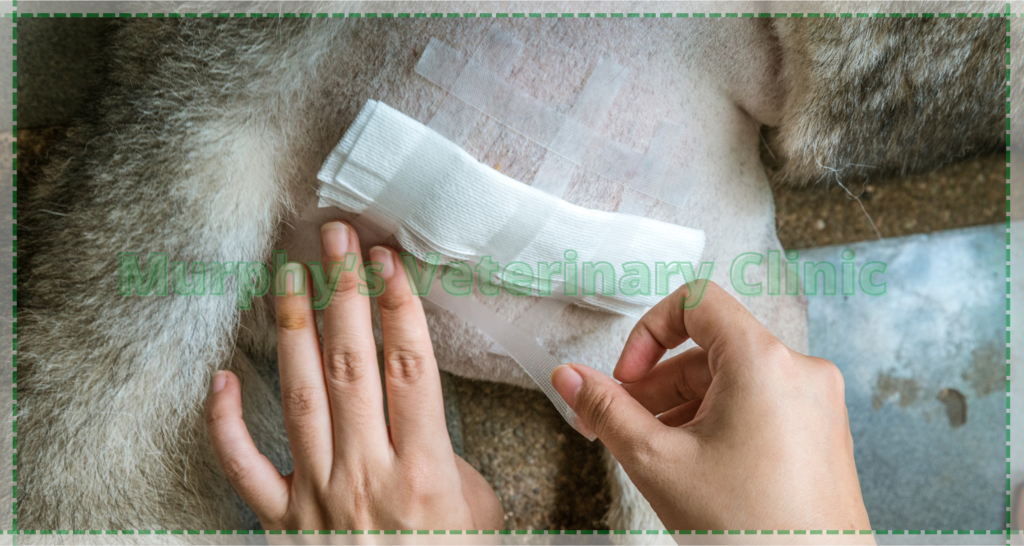
Initial Steps to Help Pets with Open Wounds
First aid for injured pets with fractures and wounds in open wounds requires special care. First, bleeding should be controlled, and the wound cleaned to prevent infection. Using sterile bandages and immobilizing the injured limb is essential. Calming the pet also greatly aids the healing process.
First Aid Care for Open Wounds
| Step | Description | Required Tools | Important Notes |
| 1. Control Bleeding | Apply direct pressure on wound | Sterile gauze | Pressure should be firm but gentle |
| 2. Clean Wound | Rinse with clean water | Saline solution | Avoid strong disinfectants |
| 3. Bandage Wound | Cover the wound | Sterile bandage | Avoid wrapping too tightly |
| 4. Calm the Pet | Keep calm environment | Quiet surroundings | Avoid loud noises and sudden moves |
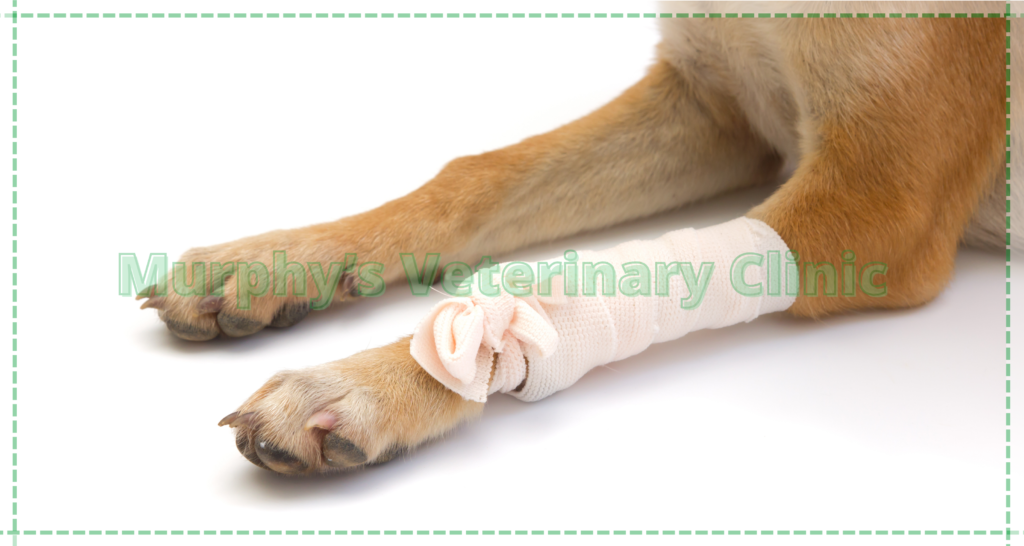
How to Move a Pet with a Fracture?
First aid for injured pets with fractures and wounds includes the correct way to move the pet to avoid further injury. Using a board or flat piece of wood to immobilize the injured limb, reducing movement, and transporting the pet to the clinic is necessary. Movement should be slow and fully supported.
- Suitable Tools for Moving
- Safety Tips During Movement
- Ways to Reduce Pain During Transport
- Preventing Sudden Movements
Subheading explanation:
Tools such as boards and cloths are used for safe movement. Safety of the pet and helper is important. Calming the pet and supporting the body reduces pain and prevents worsening injury. Avoiding sudden movements is crucial.
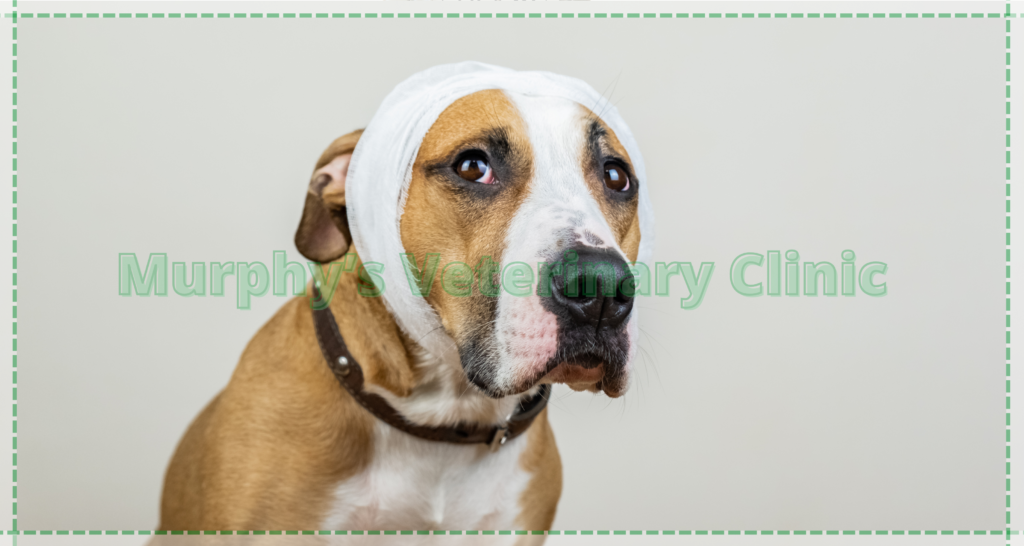
Post-First Aid Care
First aid for injured pets with fractures and wounds must be followed by proper aftercare. This includes sufficient rest, pain control, wound monitoring, and infection prevention. Medications prescribed by the veterinarian must be carefully administered, and the pet should be closely observed.
| Care | Description | Duration | Important Notes |
| Complete Rest | Prevent excessive movement | At least one week | Provide a quiet and clean environment |
| Pain Control | Administer medication as prescribed | According to vet’s prescription | Never give meds without prescription |
| Wound Check | Clean and change dressings | Daily | Watch for infection signs |
| Proper Nutrition | Provide healthy and nutritious food | Ongoing | Always provide enough water |
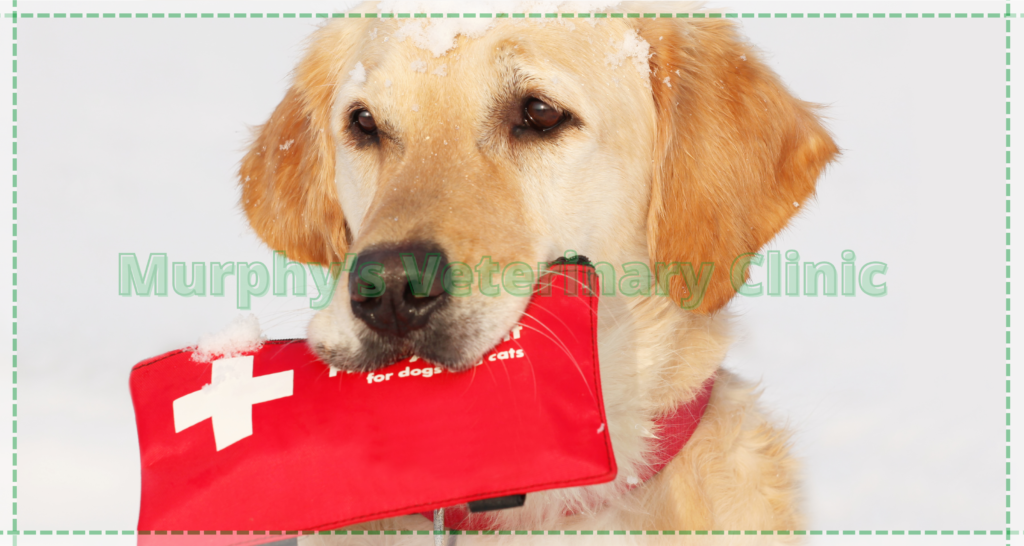
Importance of First Aid Training for Pet Owners
First aid for injured pets with fractures and wounds plays a vital role in reducing complications and speeding recovery. Training pet owners enables them to act correctly in emergencies and manage injuries effectively. Veterinary clinics usually offer training sessions that are very beneficial.
- Benefits of Proper Training
- Effective Training Methods
- Using Reliable Resources
- Role of Training in Injury Prevention
Subheading explanation:
Proper training boosts owners’ confidence. Training methods include workshops and educational videos. Using up-to-date, reliable resources ensures quality education. Correct training helps prevent serious injuries.
Conclusion
First aid for injured pets with fractures and wounds is a critical and essential step for maintaining health and speeding recovery. Awareness of symptoms, initial treatment steps, correct transportation, and post-care reduces complications and accelerates healing. Training pet owners plays an important role in emergency response and decreases stress for both pets and owners. Utilizing professional services like Murphy’s Clinic, which provides expert training and treatment, can help you safeguard your pet’s health. Ultimately, following precise first aid for injured pets with fractures and wounds is the key to your pet’s better health and life.
Murphy’s Veterinary Clinic specializing in first aid for injured pets with fractures and wounds, offers practical training and professional treatment. It is one of the most reputable veterinary centers in the region. With an experienced team and advanced equipment, this clinic helps you take the best actions in emergencies and ensures your pet’s health. Murphy’s Clinic also provides various educational courses for pet owners to improve their knowledge of first aid for injured pets.


